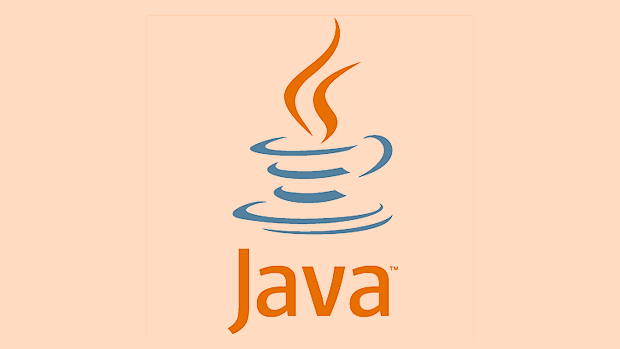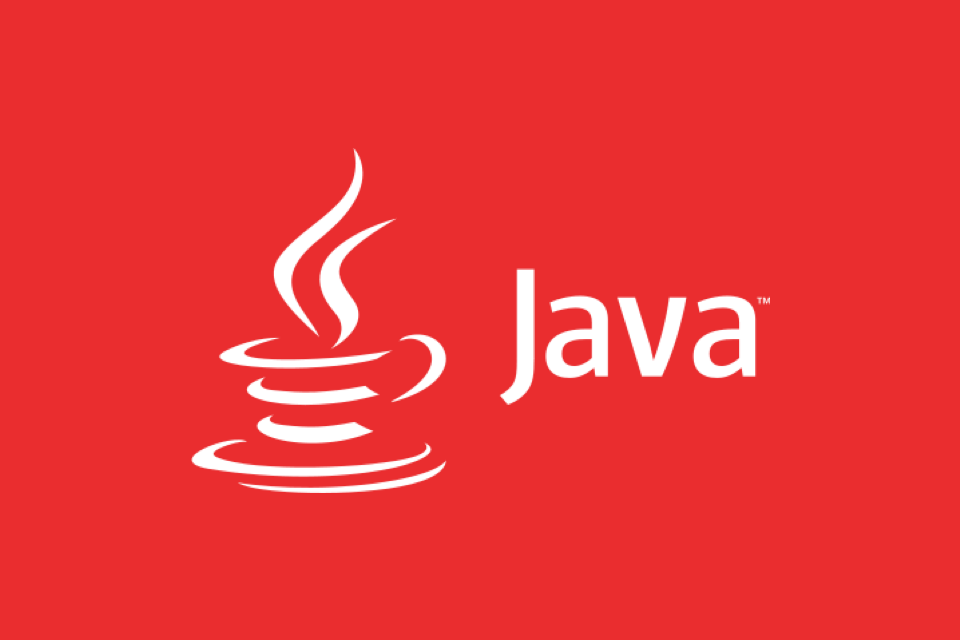Domain-Driven Design (DDD) in Java Enterprise Applications
Jul 19, 2025 am 03:55 AMDDD is a business-centric design idea in Java enterprise applications and is suitable for complex business scenarios. 1. Core concepts include entities (with unique identification), value objects (without identification, only value view), aggregation (object boundary), and warehousing (aggregation-oriented access method). 2. The hierarchical structure should be clear: the user interface layer handles requests, the domain layer implements core logic, the infrastructure layer provides technical support, and domain events are used to decouple. 3. When combined with Spring Boot, Entity and Value Object are placed in the domain package as POJO. Repository defines the interface and implements it by infrastructure. Domain Service and Application Service are marked with @Service respectively. 4. DDD is suitable for projects with complex business logic, requiring multiple teams to collaborate, and long-term maintenance. It is not recommended to use it in a simple CRUD system. Design ideas can be gradually introduced instead of forcing standard DDD from the beginning. The key is to understand business logic and clearly divide responsibilities, rather than piling up terms.

DDD is indeed a common topic in Java enterprise applications, but it is not used well. It is not a set of frameworks or tools, but a design idea, and the core lies in driving design with business as the core . If your project business logic is complex and has many rules, then DDD may be the direction you are worth trying.

The following is based on several common questions and usage scenarios, and talk about how to implement DDD in Java enterprise applications.
1. What is the core concept? Don't be scared by the terms
DDD has several core concepts, such as Domain, Entity, Value Object, Aggregate, Repository , etc. These terms sound academic, but they are actually very plain in nature.

- Entity : An object with a unique identification, such as a user. Even if the attribute changes, as long as the ID remains unchanged, it will still be it.
- Value object : An object that does not have a unique identifier, only looks at the value, such as the address (Address). As long as the address content is the same, it is considered to be the same.
- Aggregation : A set of boundaries of related objects, such as an order (Order) and line item (OrderItem), form an aggregate, and line items can only be operated by orders outside.
- Warehousing : It is not a database access layer, but provides a "collection" access method for aggregation, such as OrderRepository.
Understanding these concepts is not to write more "standards", but to express business logic more clearly when designing.
2. How to design a hierarchical structure? Don't mess up the code
In DDD, common stratification is like this:

- User interface layer (Application Layer) : Process requests, such as Controller.
- Domain Layer : Core logic, including entities, aggregations, services, etc.
- Infrastructure Layer : Provides technical support, such as database access, message queues, etc.
- Domain Events : used to decouple business logic, such as triggering emails after placing an order.
For example, when you are placing an order, the Controller calls the Application Service, the Application Service calls the Domain Service to handle order creation, and finally save it through Repository, or publish an event that "order creation is successful".
Common misunderstandings: Many people write Repository as DAO, and even directly call DAO in the Controller, which loses the layered meaning of DDD.
3. How to combine it with Spring Boot? Don't force it, be flexible
Although Spring Boot is not designed for DDD, its component management mechanisms (such as @Component, @Service, @Repository) can be used to organize the structure of DDD.
- Entity and Value Object : Put it in the domain package, without annotation, pure POJO.
- Aggregate Root : Usually Entity, you can add @Aggregate annotation (if you use Axon and other frameworks), but generally not.
- Repository : defined by interface, implementation can be placed in infrastructure package and implemented using JPA or MyBatis.
- Domain Service : You can use @Service annotation and put it in the domain package.
- Application Service : Use @Service the same, but put it in the application package.
Structure example:
com.example.order
├── application
│ └── OrderApplicationService.java
├── domain
│ ├── Order.java (Entity)
│ ├── OrderService.java (Domain Service)
│ └── OrderRepository.java (Interface)
└── infrastructure
└── JpaOrderRepository.java (implementation)Note: Spring scans subpackages by default, so make sure your package structure is reasonable and don't let Spring find the beans.
4. When is DDD suitable? Don't make a big deal
DDD is not omnipotent, it is more suitable for:
- A system with complex business logic and changing rules
- Projects that require multiple teamwork and unified language
- Want a system with long-term maintenance and clear structure
If you just build a CRUD system, such as user management and logging, using DDD will increase the complexity.
Suggestion: You can start with a simple "anemia model" and gradually introduce the concept of DDD after the business complexity increases, such as first introducing aggregation and warehousing, and then introducing field services, events, etc.
DDD is not achieved overnight, it is more like a gradual evolution of design. The key is to understand the business, not the terminology. Clear structure and clear responsibilities are more important than "looking like DDD".
Basically that's it.
The above is the detailed content of Domain-Driven Design (DDD) in Java Enterprise Applications. For more information, please follow other related articles on the PHP Chinese website!

Hot AI Tools

Undress AI Tool
Undress images for free

Undresser.AI Undress
AI-powered app for creating realistic nude photos

AI Clothes Remover
Online AI tool for removing clothes from photos.

Clothoff.io
AI clothes remover

Video Face Swap
Swap faces in any video effortlessly with our completely free AI face swap tool!

Hot Article

Hot Tools

Notepad++7.3.1
Easy-to-use and free code editor

SublimeText3 Chinese version
Chinese version, very easy to use

Zend Studio 13.0.1
Powerful PHP integrated development environment

Dreamweaver CS6
Visual web development tools

SublimeText3 Mac version
God-level code editing software (SublimeText3)

Hot Topics
 What is the `enum` type in Java?
Jul 02, 2025 am 01:31 AM
What is the `enum` type in Java?
Jul 02, 2025 am 01:31 AM
Enums in Java are special classes that represent fixed number of constant values. 1. Use the enum keyword definition; 2. Each enum value is a public static final instance of the enum type; 3. It can include fields, constructors and methods to add behavior to each constant; 4. It can be used in switch statements, supports direct comparison, and provides built-in methods such as name(), ordinal(), values() and valueOf(); 5. Enumeration can improve the type safety, readability and flexibility of the code, and is suitable for limited collection scenarios such as status codes, colors or week.
 What is the interface segregation principle?
Jul 02, 2025 am 01:24 AM
What is the interface segregation principle?
Jul 02, 2025 am 01:24 AM
Interface Isolation Principle (ISP) requires that clients not rely on unused interfaces. The core is to replace large and complete interfaces with multiple small and refined interfaces. Violations of this principle include: an unimplemented exception was thrown when the class implements an interface, a large number of invalid methods are implemented, and irrelevant functions are forcibly classified into the same interface. Application methods include: dividing interfaces according to common methods, using split interfaces according to clients, and using combinations instead of multi-interface implementations if necessary. For example, split the Machine interfaces containing printing, scanning, and fax methods into Printer, Scanner, and FaxMachine. Rules can be relaxed appropriately when using all methods on small projects or all clients.
 Asynchronous Programming Techniques in Modern Java
Jul 07, 2025 am 02:24 AM
Asynchronous Programming Techniques in Modern Java
Jul 07, 2025 am 02:24 AM
Java supports asynchronous programming including the use of CompletableFuture, responsive streams (such as ProjectReactor), and virtual threads in Java19. 1.CompletableFuture improves code readability and maintenance through chain calls, and supports task orchestration and exception handling; 2. ProjectReactor provides Mono and Flux types to implement responsive programming, with backpressure mechanism and rich operators; 3. Virtual threads reduce concurrency costs, are suitable for I/O-intensive tasks, and are lighter and easier to expand than traditional platform threads. Each method has applicable scenarios, and appropriate tools should be selected according to your needs and mixed models should be avoided to maintain simplicity
 Differences Between Callable and Runnable in Java
Jul 04, 2025 am 02:50 AM
Differences Between Callable and Runnable in Java
Jul 04, 2025 am 02:50 AM
There are three main differences between Callable and Runnable in Java. First, the callable method can return the result, suitable for tasks that need to return values, such as Callable; while the run() method of Runnable has no return value, suitable for tasks that do not need to return, such as logging. Second, Callable allows to throw checked exceptions to facilitate error transmission; while Runnable must handle exceptions internally. Third, Runnable can be directly passed to Thread or ExecutorService, while Callable can only be submitted to ExecutorService and returns the Future object to
 Best Practices for Using Enums in Java
Jul 07, 2025 am 02:35 AM
Best Practices for Using Enums in Java
Jul 07, 2025 am 02:35 AM
In Java, enums are suitable for representing fixed constant sets. Best practices include: 1. Use enum to represent fixed state or options to improve type safety and readability; 2. Add properties and methods to enums to enhance flexibility, such as defining fields, constructors, helper methods, etc.; 3. Use EnumMap and EnumSet to improve performance and type safety because they are more efficient based on arrays; 4. Avoid abuse of enums, such as dynamic values, frequent changes or complex logic scenarios, which should be replaced by other methods. Correct use of enum can improve code quality and reduce errors, but you need to pay attention to its applicable boundaries.
 Understanding Java NIO and Its Advantages
Jul 08, 2025 am 02:55 AM
Understanding Java NIO and Its Advantages
Jul 08, 2025 am 02:55 AM
JavaNIO is a new IOAPI introduced by Java 1.4. 1) is aimed at buffers and channels, 2) contains Buffer, Channel and Selector core components, 3) supports non-blocking mode, and 4) handles concurrent connections more efficiently than traditional IO. Its advantages are reflected in: 1) Non-blocking IO reduces thread overhead, 2) Buffer improves data transmission efficiency, 3) Selector realizes multiplexing, and 4) Memory mapping speeds up file reading and writing. Note when using: 1) The flip/clear operation of the Buffer is easy to be confused, 2) Incomplete data needs to be processed manually without blocking, 3) Selector registration must be canceled in time, 4) NIO is not suitable for all scenarios.
 How Java ClassLoaders Work Internally
Jul 06, 2025 am 02:53 AM
How Java ClassLoaders Work Internally
Jul 06, 2025 am 02:53 AM
Java's class loading mechanism is implemented through ClassLoader, and its core workflow is divided into three stages: loading, linking and initialization. During the loading phase, ClassLoader dynamically reads the bytecode of the class and creates Class objects; links include verifying the correctness of the class, allocating memory to static variables, and parsing symbol references; initialization performs static code blocks and static variable assignments. Class loading adopts the parent delegation model, and prioritizes the parent class loader to find classes, and try Bootstrap, Extension, and ApplicationClassLoader in turn to ensure that the core class library is safe and avoids duplicate loading. Developers can customize ClassLoader, such as URLClassL
 Exploring Different Synchronization Mechanisms in Java
Jul 04, 2025 am 02:53 AM
Exploring Different Synchronization Mechanisms in Java
Jul 04, 2025 am 02:53 AM
Javaprovidesmultiplesynchronizationtoolsforthreadsafety.1.synchronizedblocksensuremutualexclusionbylockingmethodsorspecificcodesections.2.ReentrantLockoffersadvancedcontrol,includingtryLockandfairnesspolicies.3.Conditionvariablesallowthreadstowaitfor






